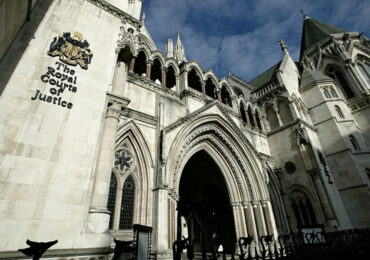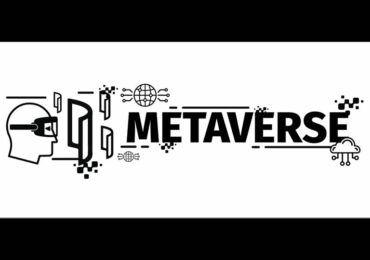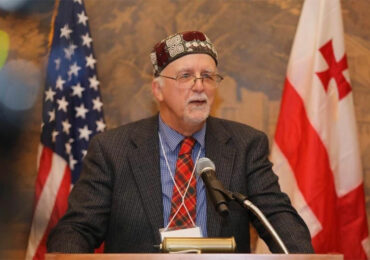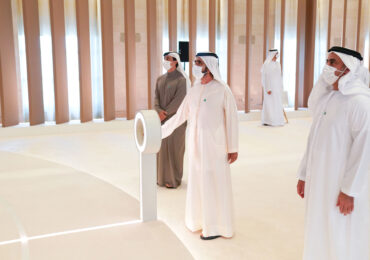Bill Gates is a philanthropist and climate change evangelist.
But he knows full well that his life as a billionaire and business tycoon also makes him “an imperfect messenger on climate change,” he writes in his new book, “How to Avoid a Climate Disaster.”
“I can’t deny being a rich guy with an opinion,” writes Gates, who is worth more than $100 billion, has a massive home in Medina, Washington (known as “Xanado 2.0″) and uses a private jet (which helps him do the global work of the Bill and Melinda Gates Foundation, he’s said on Reddit).
“It’s true that my carbon footprint is absurdly high,” Gates writes in his new book.
“I own big houses and fly in private planes — in fact, I took one to Paris for the climate conference — so who am I to lecture anyone on the environment?” he writes.
Gates says he’s long felt guilty about his high emissions, but “working on this book has made me even more conscious of my responsibility to reduce them,” he writes. “Shrinking my carbon footprint is the least that can be expected of someone in my position who’s worried about climate change and publically calling for action.”
According to Gates’ book, in 2020 he started using sustainable jet fuel and “willfully offset my family’s aviation emissions in 2021.”
Sustainable jet fuel is not made from fossil fuels, according to the International Air Transport Association (IATA), the trade association for the world’s airlines. It can be made from any number of raw materials including cooking oil, plant oils, municipal waste, waste gases, and agricultural residues, IATA says.
For Gates’ non-aviation emissions, he writes that he is “buying offsets through a company that runs a facility that removes carbon dioxide from the air.”
A carbon offset is a reduction in carbon emissions to compensate for emissions produced elsewhere. Specifically, a “carbon offset represents a reduction or removal of one metric ton of carbon dioxide (CO2) from the atmosphere,” says Anne Thiel, the Communications Manager for Verra, a Washington, DC-based non-profit. Carbon dioxide is used as a point of reference because it is the most common greenhouse gas in the atmosphere and “remains in the climate system for a very long time,” Thiel says.
It is worth noting that some criticize the idea of carbon offsets as a convenient stop-gap for more permanent solutions. Others, however, see it as better than nothing.
“Companies should set and work towards a net-zero target diligently and we should all hold them to those goals. But, in the meantime, we need a way to reduce emissions now in order to avoid catastrophic climate change,” says Naomi Swickard, the chief program officer at Verra. “Offsets provide one of the most efficient and near-term ways to drive finance to real emission reductions to help us bend the curve and keep below the planet’s tipping points — buying us time to make the longer-term transition.”
Gates writes that he is also investing in clean energy companies and non-profits. For instance, in 2015, Gates spearheaded the creation of Breakthrough Energy, a venture capital fund investing in climate innovation technology “that will lead the world to net-zero emissions.”
Net-zero emissions mean getting to a place where collectively, there are no new emissions being added to the atmosphere. “Emissions will continue but will be balanced by absorbing an equivalent amount from the atmosphere,” according to the United Nations.
“I have put more than $1 billion into approaches that I hope will help the world get to zero, including affordable and reliable clean energy and low-emissions cement, steel, meat and more,” Gates writes in his book.
“Of course, investing in companies doesn’t make my carbon footprint smaller. But if I have picked any winners at all, they’ll be responsible for removing much more carbon than I or my family is responsible for,” Gates writes.
“Besides, the goal isn’t simply for any one person to make up for his or her emissions; it’s to avoid a climate disaster.”















